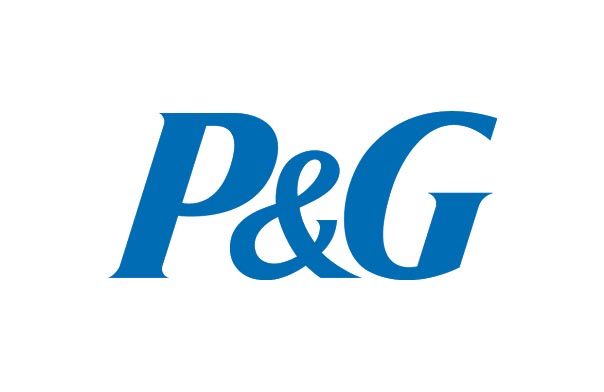
Brand Description.
P&G is headquartered in Cincinnati, Ohio, U.S.A. In 2008, P&G was the 6th largest company in the world by market capitalization and the 14th most profitable company in the world. It is also the tenth most admired company in the Fortune 500.
History.
Procter & Gamble is named after two of the company's founders, English immigrant William Procter and Irish immigrant James Gamble.
The meeting of Procter and Gamble was a rare chance. As Procter was a candle maker and Gamble a soap maker, they decided to go into business together after being set up by their father-in-law.
Procter & Gamble was born in 1837 as a small local workshop. It coincided with a period of financial crisis in the United States, and in order to capture market share as quickly as possible, Procter and Gamble began production of candles and soap while calmly coping with the economic storms that hit the country.

In 1853, 16 years after the birth of P&G, Proctor and Gamble built a new factory to support the company even after hearing that the American Civil War was looming, and this factory completely freed up P&G's productivity. During the American Civil War, the company won a contract to supply soap and candles to the Union army, and between 1858 and 1859 P&G's sales reached $1 million.
In 1887, a labor storm swept the country and P&G pioneered the first American model of a company sharing its profits with its employees. This was proposed by William Cooper Proctor, the grandson of P&G's founder, Proctor. They gave employees shares in the company in the hope that this would help them realize their desire to play a significant role in the company.
By 1890, P&G already had more than 30 different brands of soap and colorful print advertisements in national publications were a regular occurrence. 1896 saw P&G's first colorful promotional picture advertisements in a worldwide magazine, opening the way for the international debut of Ivory soap.
In 1904, the company began to establish factories outside of Cincinnati, first in Kansas City, Kansas. This was followed by a factory outside the United States, with the first factory outside the United States being located in Ontario, Canada.
One by one, the strategic philosophy of P&G evolved as it dealt with and summarized problems in its operations and continued thinking about the future of the company, which was "honesty, integrity, honesty, unity, respect for the individual, and doing what is right and proper in the long run."

Marketing Strategy.
P&G's success in marketing and merchandising lies in its respect for consumers, its grasp of the laws of the market and its attention to detail. The main components include the following.
The beginning of creativity: market research
With sophisticated market research techniques and market research teams, multi-channel market information sources and a strong database.
From idea to product: product strategy
Investigation of consumer needs, optimization of product mix, not putting eggs in one basket, multi-brand strategy, scientific research on new product development and launch procedures.
Reaching the consumer psyche: marketing campaigns
Advertising: continuous advertising campaigns and heavy investment in advertising, unique positioning strategies, rich and up-to-date media formats, "problem-solving" approaches, meticulous testing before advertising.
Other marketing: charity marketing, event marketing, knowledge marketing, symbiosis marketing, partnership marketing
Matching strategy: pricing strategy
New product pricing strategies: skimming pricing, market penetration pricing
Pricing principles: pricing strategy can support the marketing strategy, price adjustments can ensure that financial targets are met, price adjustments should be appropriate to the market environment.
Reaching the consumer: channel strategies
Control of distribution channels, implementation of direct marketing
Specific strategies: eliminating distributors, leaving example dealers, bypassing dealers and working directly with retailers, assisting dealers to improve information systems; eliminating sales departments and creating customer business development departments, introducing cross-functional teams to serve major customers.
The critical mass of sales: promotional strategies
Controlled sales process: avoid risks, develop the best plan, control the promotional process and promotional costs Adopt a variety of promotional tools: handout promotions, point-of-sale promotions, off-counter promotions and road shows.
